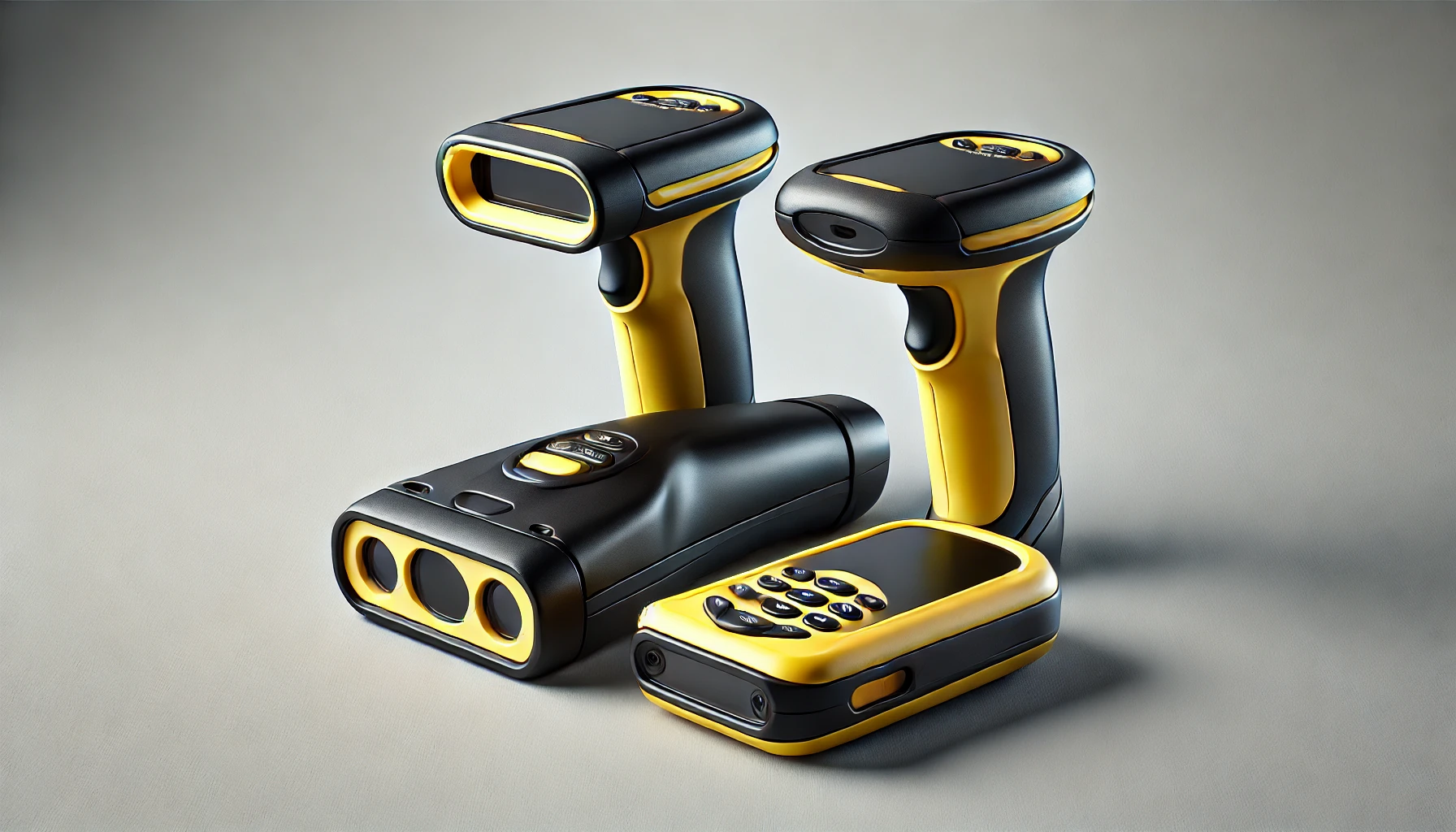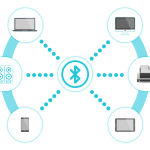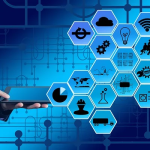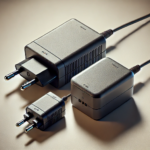
Introduction
Barcode scanning technology has revolutionised the way businesses track inventory, manage products, and conduct transactions. This technology uses a series of visual patterns to represent numerical and alphabetical data in a machine-readable format. The device that reads these barcodes is a barcode scanner. Understanding these machines, their different types, and their importance is critical for businesses to make informed decisions about selecting the right scanner for their specific needs. Read this article to understand what barcode scanners are, what their types are, and why they are used in different sectors.
Understanding Barcodes & Barcode Scanners
Barcodes are the ubiquitous black and white patterns or series of lines and spaces that represent data, typically numbers or letters. They are typically printed on products or packages designed to track and identify products, prices, numbers, inventory, and assets in various applications. To read and interpret these barcodes are used.
A barcode scanner, also called a barcode reader, is an electronic handheld device well-designed to capture, read, and decode the information contained in a barcode. These precision devices come in compact and portable forms and can read a wide variety of barcode types. Additionally, modern barcode readers come equipped with advanced features like autofocus, automatic trigger, and omnidirectional scanning, enhancing their usability and efficiency in several applications.
How Do They Work? An Insight Into Their Operational Principle
Barcode scanners work by emitting a beam of light that reflects off the barcode. When a scanner is pointed at a barcode, it reads the intensity and pattern of the reflected light, converting it into a digital signal. This signal is then processed to decode the barcode’s information and transmitted to a connected device. Such as a computer or mobile phone.
Most Popular Types
Barcode readers come in various types based on their scanning technology, shape, form factor, and functionality. Some common types include:
Laser Barcode Scanners
They are the most widely used scanners that use a laser beam to scan across the barcode in a straight line. They are faster and more accurate than pen-type scanners and can read barcodes from greater distances. These long-range laser scanners are commonly used in retail settings.
Portable or Wireless Barcode Scanners
These are handheld barcode scanners that transmit barcode data wirelessly to a computer or network. In addition, they use Bluetooth or Wi-Fi and offer greater flexibility and mobility, making them ideal for large warehouses or inventory management systems where the user needs to move around freely.
CCD (Charge-Coupled Device) Scanners
CCD scanners, also called LED scanners, use an array of hundreds of tiny light sensors arranged in a row. Each sensor measures the light intensity directly in front of it. CCD scanners are highly accurate and durable and require the barcode to be very close to the scanner.
Imager Scanners (2D Barcode Scanners)
Imager scanners, often referred to as 2D barcode scanners, integrate a camera to capture the image of the barcode. The output is then processed using sophisticated algorithms to decode the information. 2D barcode readers can read both 1D and 2D barcodes, such as QR codes, and can read barcodes from a screen. This versatility makes them ideal for mobile payment applications in various facilities.
Omnidirectional Barcode Scanners
Omnidirectional scanners use a series of lasers or sensors to capture barcodes from multiple angles. The angled readability features allow barcodes to be read even if they are not perfectly aligned with the scanner.
Pen-Type Barcode Scanners
Also called wand or pen barcode scanners are pen-like devices and are among the most basic types of barcode readers. Moreover, the users swipe the pen across the barcodes at a consistent speed to read them accurately. These scanners are inexpensive and durable but are less common due to the need for manual operation.
Smartphone Barcode Scanners
Smartphones equipped with camera-based barcode scanning apps have become increasingly popular. These apps leverage the phone’s camera to scan and decode barcodes. While not as fast or reliable as dedicated barcode scanners, they offer convenience and flexibility, particularly for personal use or small businesses.
Unveiling the Importance of Barcode Scanners: A Brief Look
They are instrumental in streamlining the process of data entry and retrieval in various businesses and organisations. They significantly improve operational efficiency by automating the data entry process and saving time. Furthermore, using such machines reduces human errors, ensuring the capture of the correct information. Additionally, barcode readers help businesses save on labour costs, enhance customer experience, and reduce waste by effective inventory management in the long run.
Use Cases of Barcode Scanners: Unlocking Their Versatility
The efficiency, accuracy, and reliability of these devices have made them a staple in a broad spectrum of industries, such as:
- Retail Sectors: Retail, one of the most prominent sectors, uses barcode readers for point of sale (POS) systems and inventory management. However, they ensure the products are correctly priced and inventory levels are accurately tracked, streamlining operations.
- Manufacturing Facilities: Manufacturing industries use bespoke scanners to track parts, materials, and finished products throughout the production process.
- Warehousing and Logistics: Barcode scanners are a must-have tool in warehousing and logistics for tracking inventory, managing shipments, and ensuring accurate order fulfilment. They can quickly identify and locate items, making the process of picking, packing, and shipping more efficient.
- Healthcare: In healthcare, barcode scanners track medications, patient information, and medical supplies. Barcode scanning technology also aids in inventory management in hospitals, ensuring medical supplies are always available when needed.
- Educational Institutions: Educational institutions use barcode scanners to manage libraries, track student attendance, and monitor inventory of educational materials.
- Event Management: In event management, barcode readers are used for ticketing and access control. Event organisers can quickly scan tickets at entry points, ensuring a smooth and efficient check-in process.
Final Thoughts
Barcode scanners are more than just tools for reading codes; they are integral components of a complex system, driving efficiency, accuracy, and productivity across various sectors. By understanding the types and significance of scanners and their specific applications, businesses can continue to grow and compete in the market.





















